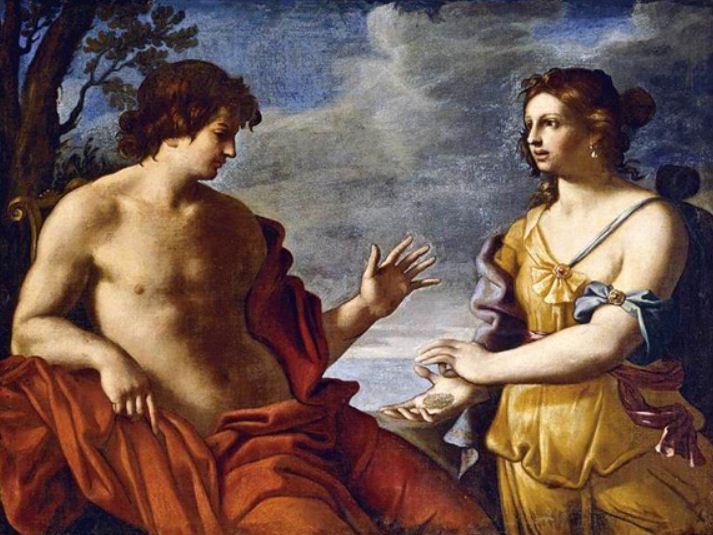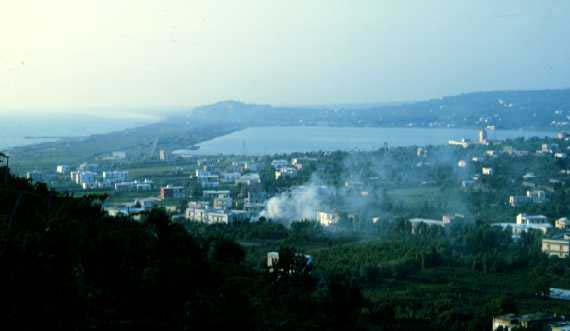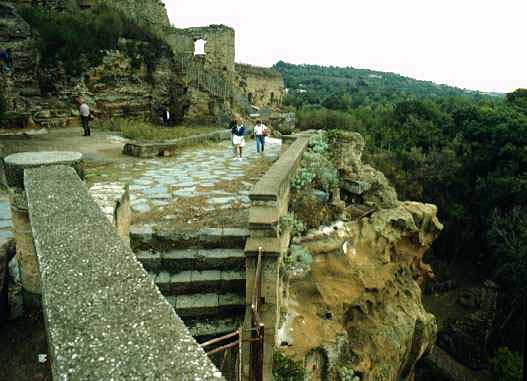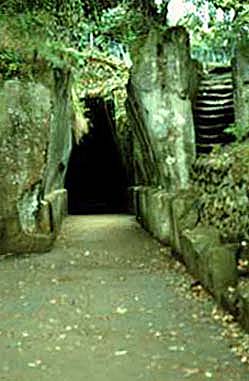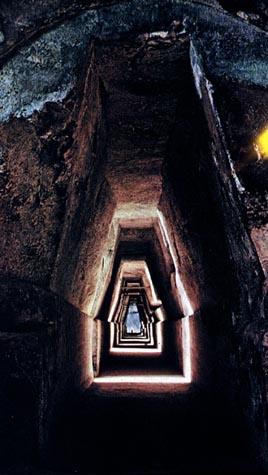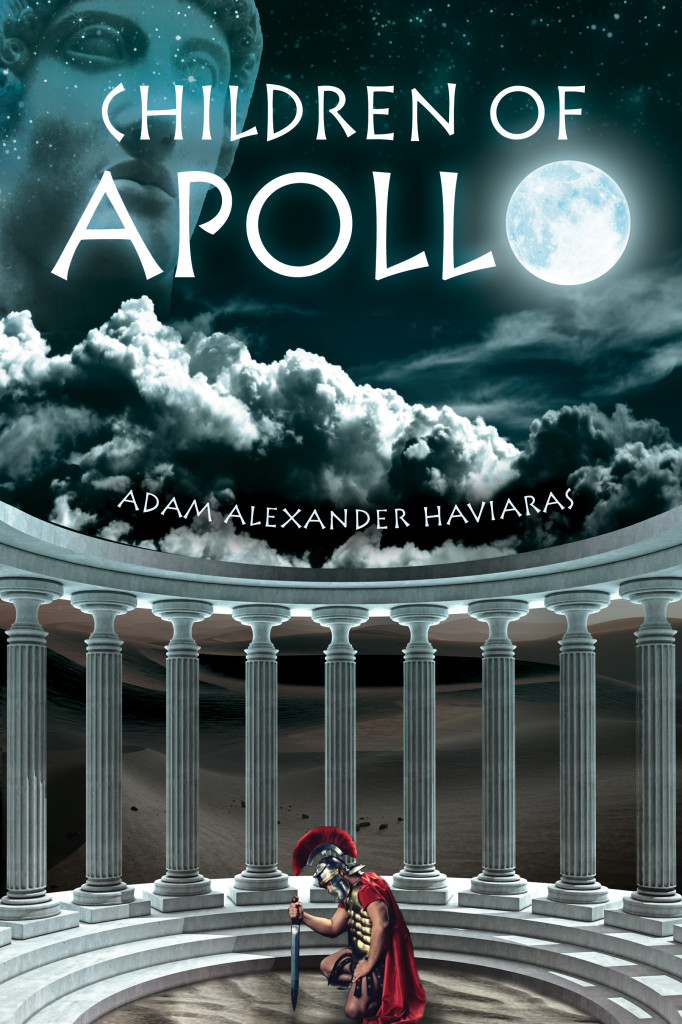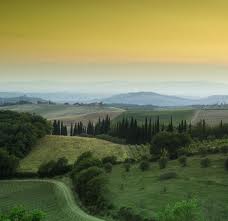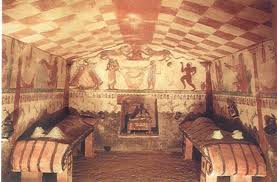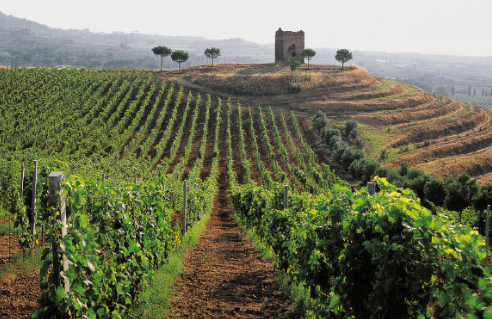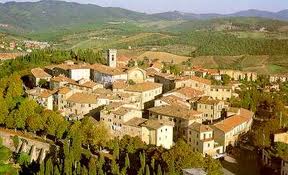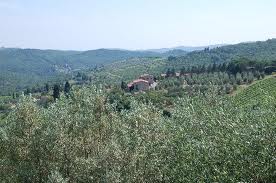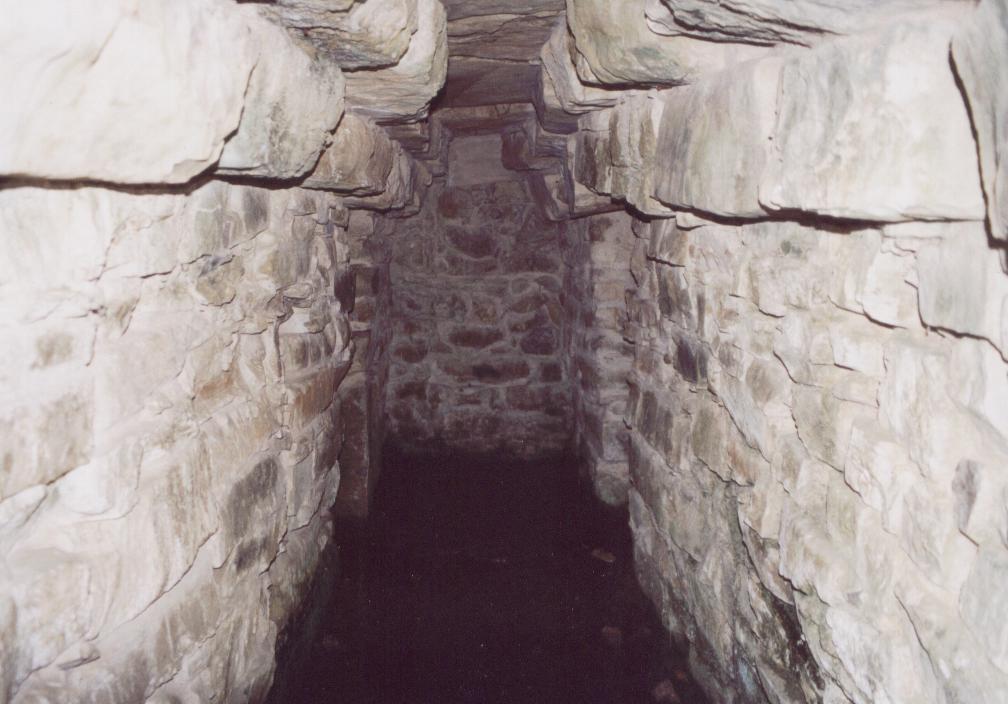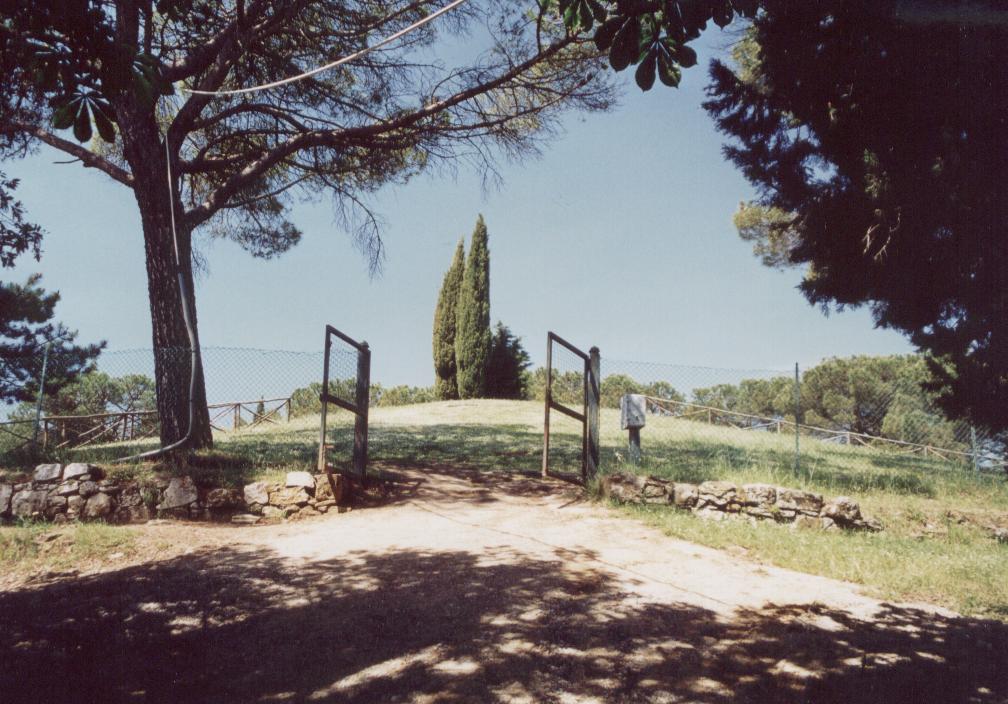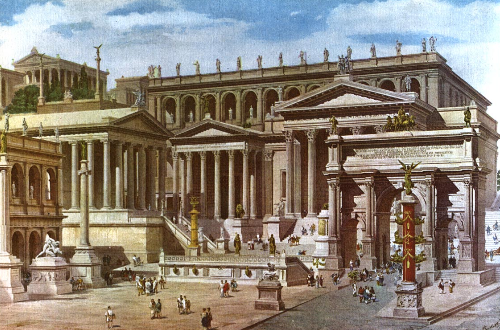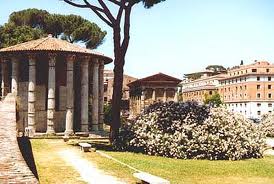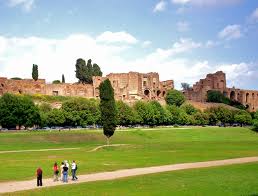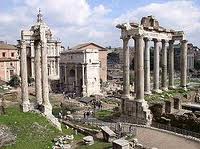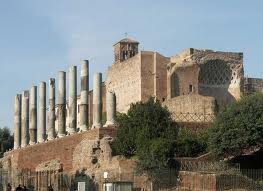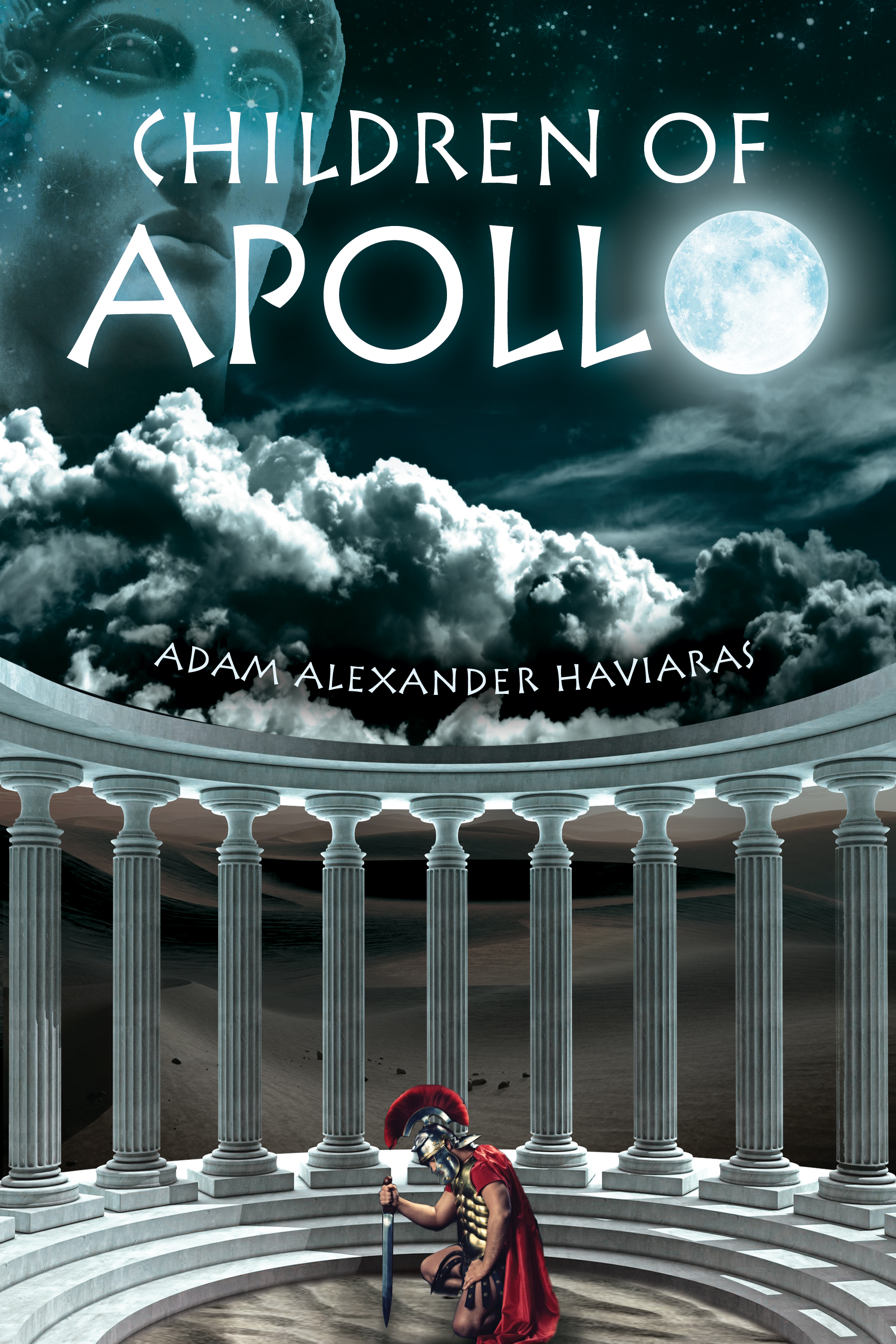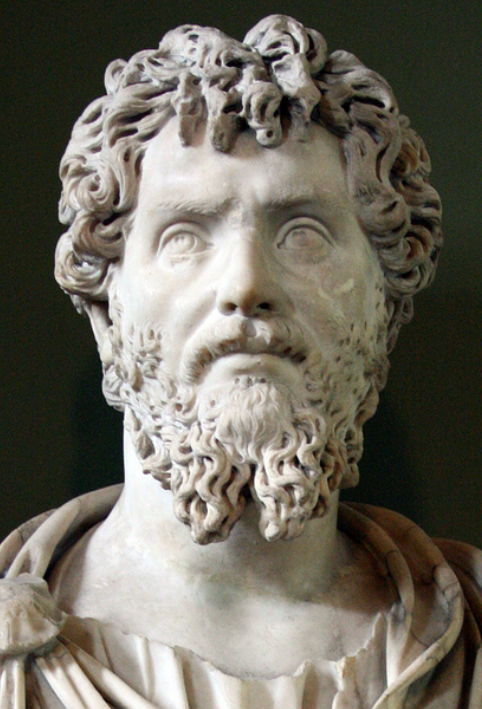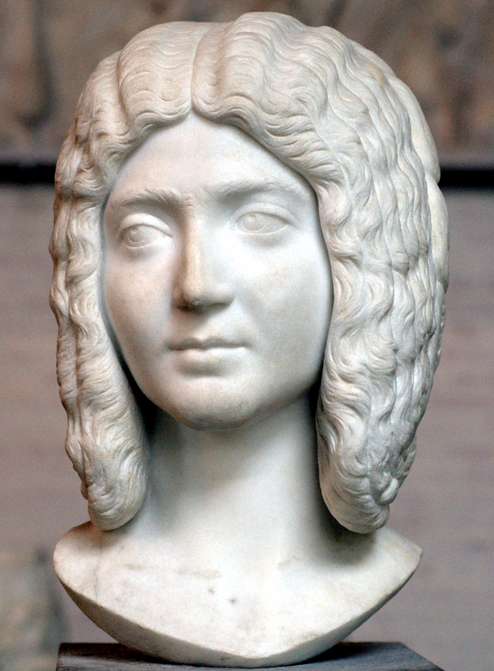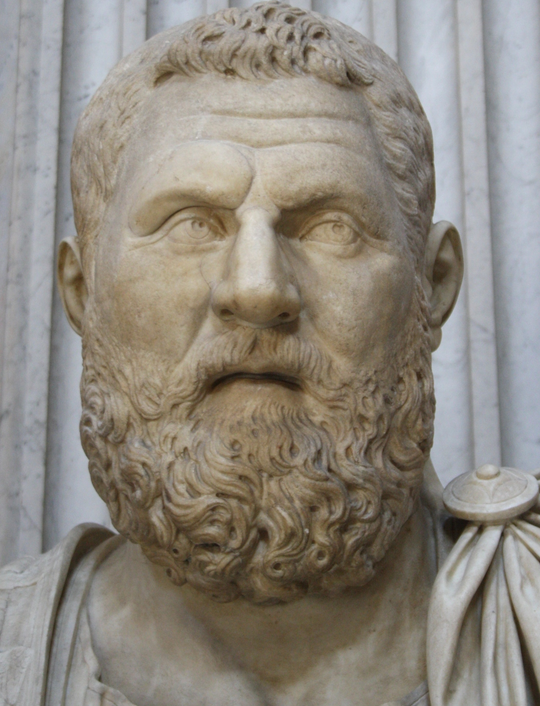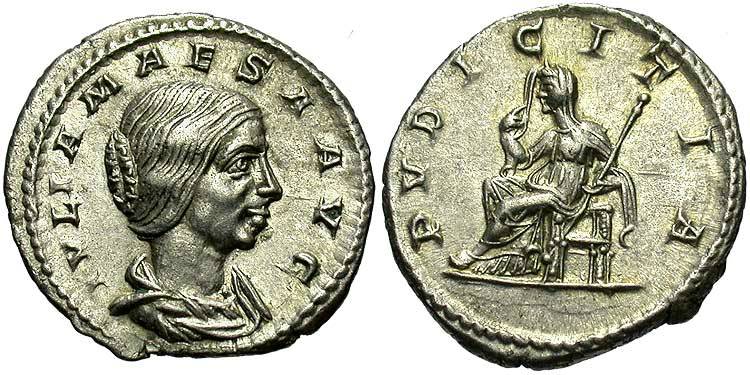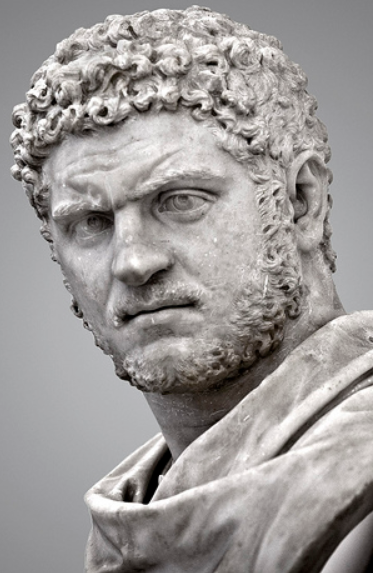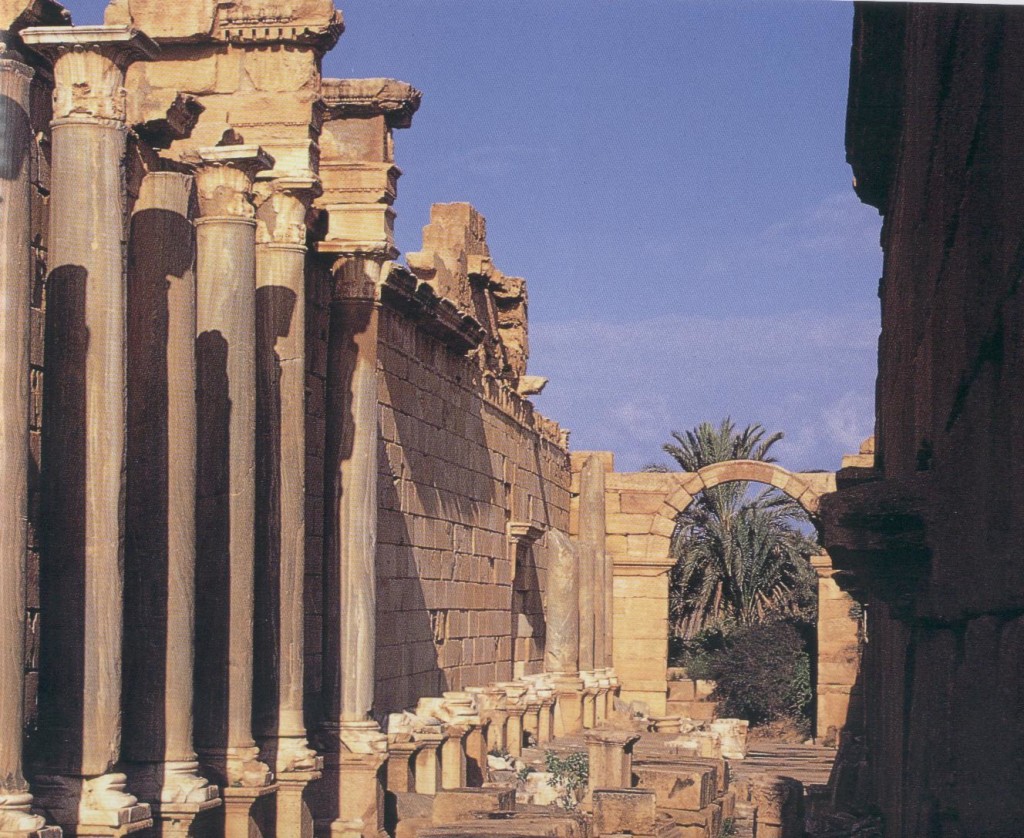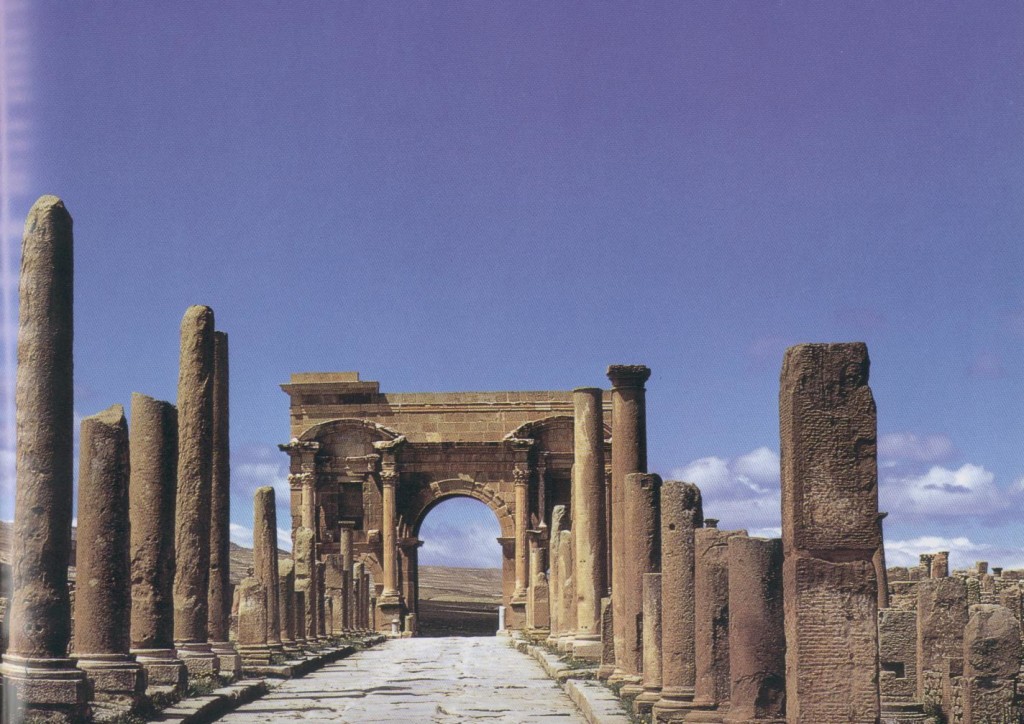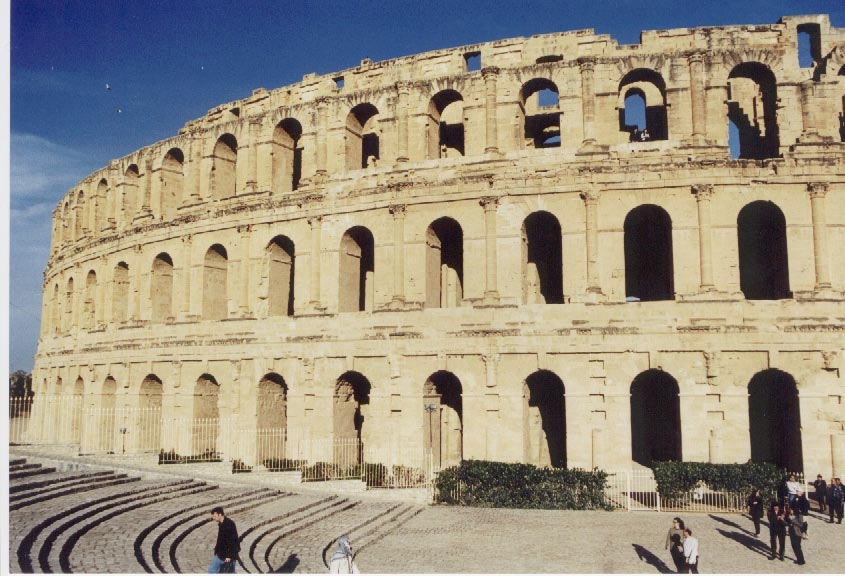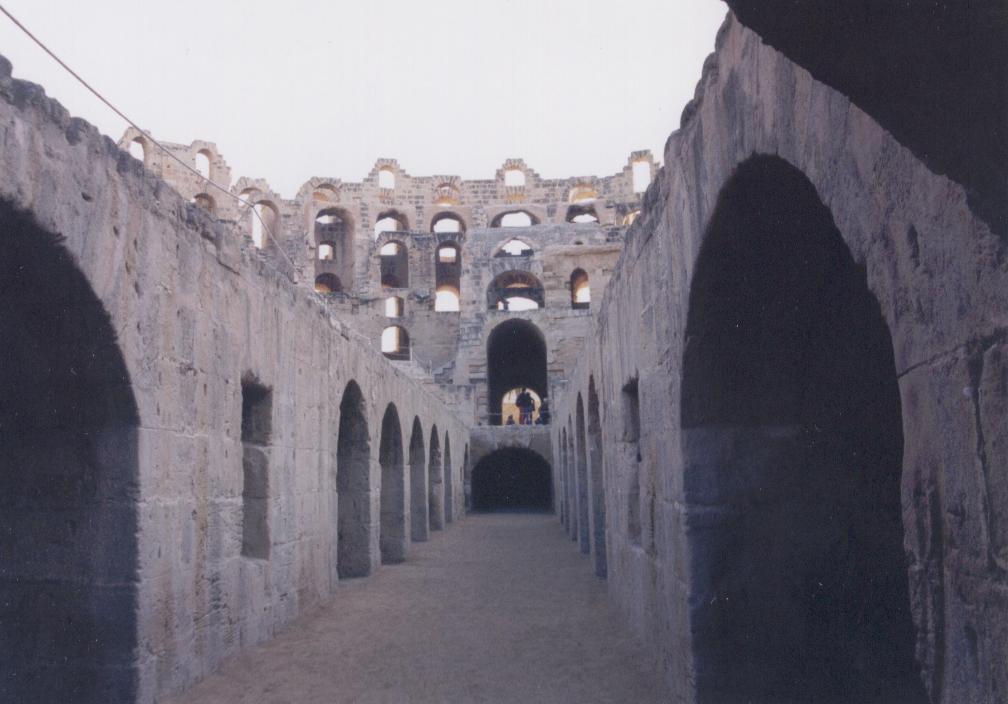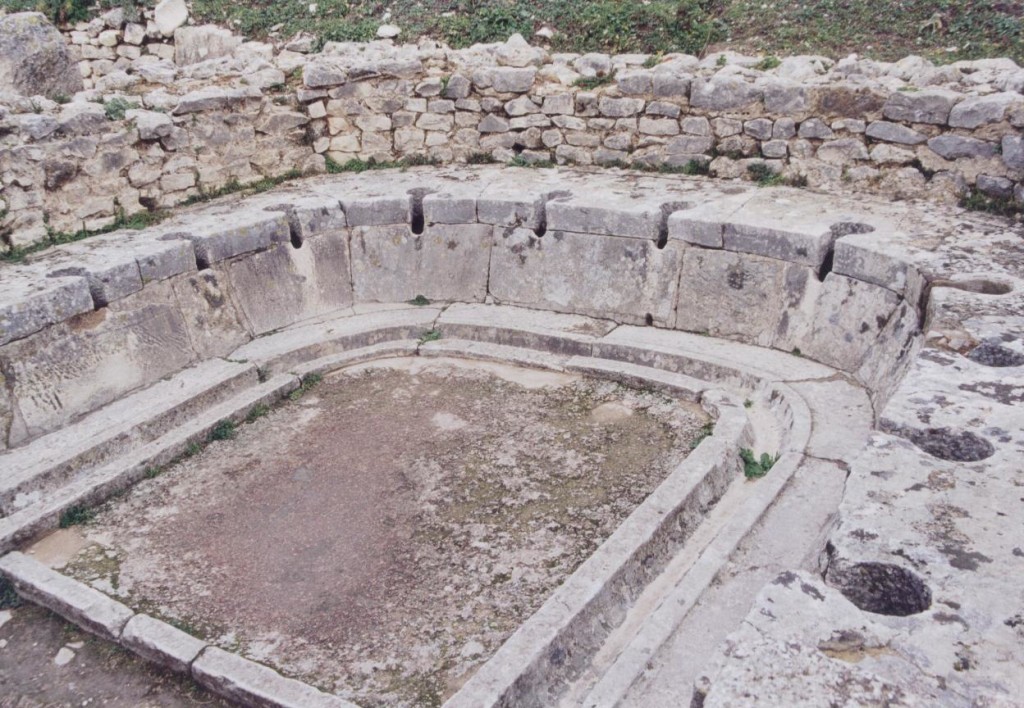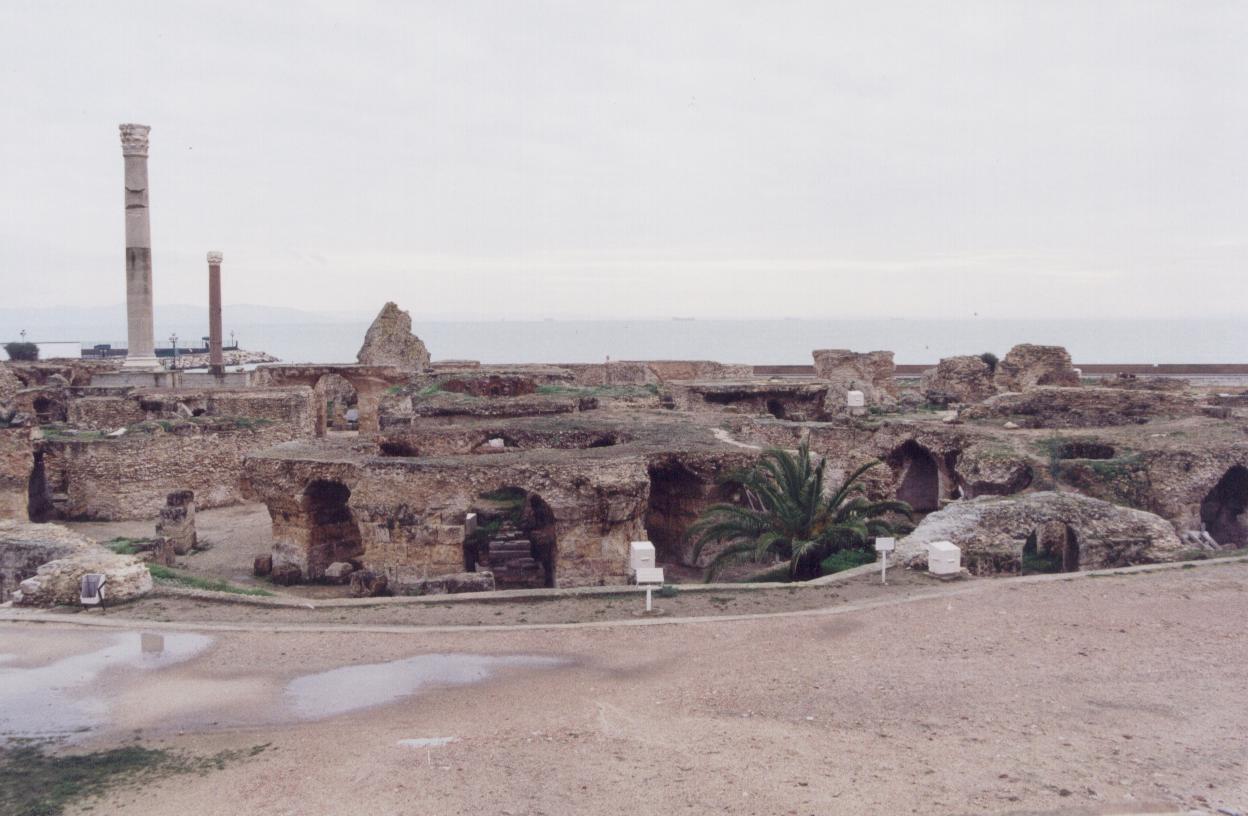World of Children of Apollo
The World of Children of Apollo – Part V – Etruria
In the previous installment we visited Rome, the centre of the world when the Roman Empire was at its greatest extent. We will now leave that ancient city for an even more ancient landscape. What we know today as Tuscany, the central and western region of Italy, was then part of the larger central Italian kingdom of Etruria. This region plays a large role in Children of Apollo, as it is the ancestral land of Lucius Metellus Anguis’ family. For them, the family estate is a place of childhood memory, of escape, and of mystery. Their roots run deep in that ancient land.
I won’t go into detail about the history of the Etruscans here, suffice it to say that Etruscan culture was the dominant and more advanced culture in the Italian peninsula around 650 B.C. Their realm included not only modern Tuscany, but also Umbria, Latium, and Emilia-Romagna. Indeed Etruscan kings ruled Rome itself until about 509 B.C. when the last king, Lucius Tarquinius Superbus, was expelled from Rome by Lucius Junius Brutus, who led the uprising. With the rape of Lucretia by the king’s son, Sextus Tarquinius, Etruscan kingship in Rome ended.
However, the Etruscans left a legacy and influence over the Roman people, other than a hatred of kingship. The Etruscan kings were also responsible for much of Rome’s architecture and religious practices. Etruscan artwork too is stunning, and though it had a great deal of Hellenic influence due to trade with Greece, it has a style all its own, be it the massive bronze burial urns, the elaborately painted tombs, or the magnificent Chimera of Arezzo. To see a magnificent collection of Etruscan artefacts, the archaeological museum in Bologna is a definite must.
History aside for a moment, the thing that inspired me most about Tuscany (I’ll use the modern name now) was the countryside. I am deeply influenced in my writing by physical surroundings and Tuscany, particularly the Chianti Classico region where I spent some time and where part of the book is set, left a definite mark. Not to dissuade anyone from visiting Florence or Siena, those two medieval adversaries. I thoroughly enjoyed walking the streets of both, eating bruschetta and gelato between museum and market stops. It’s a magnificent region to visit.
Heading into the countryside between Florence and Siena, leaving the world of the Medicis and tourist throngs behind, was a very special experience. I had expected a drier landscape my first time there, rocky and hot, similar to the Peloponnese or southern Italy. It was anything but. Tuscany was lush, quite hilly and tree-clad. The weather went from sun to storm quickly and then back to sun. Amid acres of vineyards where my favourite wine is made (Chianti, of course!), are castles and medieval towns where they still take siesta and where you can enter a cellar (there is a great one in Radda) to purchase bottles of magnificent wine, cheese and the best wild boar sausage you’ve ever had. And the bread, did I mention the bread? For those of you who are interested, you can rent a villa in Tuscany for a very good price, and it’s well worth it.
After having driven around Chianti, I knew I had to set part of the book there. The Metellus family villa is, of course, fictional. However, the look and feel are real. The villa itself is a typical villa rustica, an open air villa in the countryside, usually at the centre of an agricultural estate, as it is in the book. It was not uncommon for many noble Roman families to have countryside estates outside of Rome to which they could escape for leisure, or in times of crisis. These were often handed down generation to generation.
Up the mountain from the Metellus villa and outbuildings, is another tie to the family, something linking them to their Etruscan roots. In a part of the book, Lucius’ younger brother Quintus finds out a terrible family secret when he overhears a conversation in the tomb at the top of the mountain. Without giving too much away, this turns the young boy’s life upside down. The setting for the tomb of the Metellus family ancestors was inspired by the Etruscan tomb just outside of Castelina in Chianti. The tomb is quite unassuming on the outside, a large green mound topped by cypress trees which were often associated with the necropolis and rites for the dead in ancient times. The tomb is entered via stone-lined corridors with small chambers to either side. If you do go in, look out for snakes! It’s nice and cool inside.
There is more I could say about this beautiful landscape but really, there is no substitute for actually going there. For a great price, you can rent a refurbished medieval stone villa in amongst the vineyards and eat at a different restaurant in a different village every night. Enjoy wine and food (try the Trattoria Grotta della Rana in San Sano) and afterward walk along a small road flanked by olive groves on one side and grape vines on the other. Watch snakes and lizards skitter across dusty, sun-soaked lanes lined by sleek cypresses, and listen to all manner of birdsong in the hills. Most of all, enjoy the history of the land on which you are walking and savour the fact that it has not changed all that much since the Etruscan chariots thundered across the valleys.
In the next instalment of The World of Children of Apollo, we will head south, along the coast, to ancient Cumae and the cave of the Sybil.
Thank you for reading.
The World of Children of Apollo – Part IV – Rome: Caput Mundi
Today we’re going back into the world of Children of Apollo.
The second half of the book leaves behind the dunes and swaying palms of Roman North Africa for Italy, particularly Rome, as well as Cumae and Etruria. For this fourth instalment of The World of Children of Apollo we will focus on Rome itself.
Rome was indeed the centre of the world during this period, the omphalos to which all roads led and from which all decisions flowed. It was the ultimate goal in Severus’ civil war with Niger and Albinus and, despite his favouritism of Leptis Magna, the jewel the Emperor knew he must hold with his massive, loyal Praetorian Guard and the legion he had stationed at Albanum, outside of Rome.
It would take a whole book to scratch the surface of Rome so this will only be a very brief look at some of the sites that are a focus of Children of Apollo. Rome is one of my favourite cities, if not for the food then for the history that awaits you around every corner, that towers over you, and lies beneath your feet. Before my first trip to Rome, the glory of Rome, the Empire, had only been something I had read about. It was only when I walked those streets and set foot in the Forum that the idea came fully to life. Even among the ruins of the Forum Romanum, the glory of this ancient capital is keenly felt, whether it is the paving slabs of the Via Sacra, the Arch of Septimius Severus or the temple of the Divine Julius where people still lay flowers.
When Lucius and Argus leave North Africa, they put in at Ostia, the Port of Rome at the mouth of the Tiber. It was here, at Rome’s port where most of the seaborne traffic headed for Rome came. The hexagonal port of Trajan was surrounded by warehouses where grain and goods from all over the Empire would be held. Beyond the warehouses, Ostia was full of well-decorated homes, and tabernae to serve residents and visitors in the prosperous port. Brothels, gambling establishments and fine dining all made for anything but a boring night out!
Those going on to Rome could have taken a barge up the Tiber, or travelled by land. When Lucius and Argus finally arrive in Rome, they find themselves in the Forum Boarium, the cattle market where a Temple of Hercules still stands. In the story, for various reasons, Lucius’ family’s home is now near this smaller forum where, in generations past, they used to live on the Palatine Hill.
In the early 3rd century A.D. the Palatine Hill was virtually one big sprawling Imperial palace complex, with various additions having been made by successive emperors. Severus was no different and built a massive new addition that jutted out from the southern edge of the hill to overlook the Circus Maximus. Front row seats for the chariot races! Looking down on the faint outline of the great circus, I could not resist writing an exciting chariot race scene in the book. The Circus could hold up to 250,000 spectators and their roar must have been deafening.
When walking about on the Palatine Hill, it felt peaceful, a world away from the busy fora of Rome. I imagine it was the same for members of the imperial family who could stroll about the gardens and palaces in peace to the cawing of peacocks and play of water in fountains. One of the main locations of Children of Apollo is the Temple of Apollo on the Palatine Hill, where a crucial event of Lucius’ youth takes place. This temple, built by Augustus beside his palace, was only the second in the city dedicated to that god. If ever you get the chance to visit the Palatine Hill and the museum there, it is a definite treat, a world away from the busy streets below.
Septimius Severus left his mark in many ways on Rome and not only with his massive palace complex. Flanking the palace was a massive, decorative façade that was unveiled during the celebrations of his triumph. This structure, dubbed the ‘Septizodium’, was a huge wall ornamented with elaborate statuary where water flitted from section to section to dazzle spectators. Not much of it remains today but when it was unveiled, the populace must have been well pleased. The arch of Septimius Severus is one of the more impressive sites in the Forum and this can be seen directly in front of the Curia (Senate House) where he had it built as a reminder to the senators of Rome who the real power was. The artwork on the arch differs in style to others, the period heralding a gradual shift to what we recognize more as a Byzantine perspective.
All over Rome, there is so much to see and when there, I walked for days, never tiring of the sights that met my eyes, imagining what Lucius would have seen. From the mausoleums of Hadrian and Augustus, to the Colosseum, the Ludus Magnus and the Temple of Venus and Rome where Lucius has an important rendezvous, Rome is a city where life, past and present, is meant to be felt and enjoyed. One of the great joys of writing Children of Apollo was being able to visit Rome again.
So, I do hope that one day, your road will take you to Rome where, with gelato in hand, you can experience the majesty of this wondrous city.
Be sure to catch Part V of the World of Children of Apollo when we will visit one of the most beautiful places on Earth: Etruria (Tuscany!).
Thank you for reading!
The World of Children of Apollo – Part III – The Severans
The Severans were a very interesting family and not without their tales of violence and greed and uniqueness of character. The period is not marked by something so brutal as the psychotic reign of Caligula, but there are certainly many more dimensions. It is a time of militarism, of a weakened Senate, a time of spymasters in various camps. It is a time marked by the rise of lower classes, the presence of powerful women and, over it all, a blanket of religious superstition at the highest levels. Many believe that it is this period in Rome’s history that marks the true beginning of the end of the Roman Empire.
The emperor at the time that Children of Apollo takes place is Septimius Severus (A.D. 193-211). He was the son of an Equestrian from Leptis Magna in North Africa. When Commodus was killed in A.D. 192, Severus was governor of Pannonia. When the Praetorians decided to auction the imperial seat a short time later, Severus’ legions declared him Emperor. He subsequently defeated his two opponents who had also declared themselves Emperor: Clodius Albinus and Pescennius Niger. A purge of his opponents’ followers in the Senate and Rome made Severus sole ruler of the largest empire in the world.
Septimius Severus was a martial emperor, the army was his power and he knew how to use it, how to keep the legions loyal and happy. He increased troops’ pay and in a radical move, allowed soldiers to get married. Severus was good to his troops, his Pannonian Legions and victorious Parthian veterans. He promoted equestrians to ranks previously reserved for aristocrats and lower ranks to equestrian status. There was a lot of mobility within the rank system at the time due to Severus ‘democratization’ of the army. Remember, this was an emperor who favoured his troops, especially those who distinguished themselves. The Emperor is open and friendly with Lucius Metellus Anguis in Children of Apollo, but there are prices to be paid. No favour is free.
One of the most interesting characters of the period is Severus’ Empress, Julia Domna. She appears as one of the strongest women in Rome’s history, an equal partner in power with her husband who heeded her advice but also respected her. Julia Domna was the first of the so-called ‘Syrian women’, she and her sisters hailing from Antioch where their father had been the respected high priest of Baal at Emesa (Homs in modern Syria).
Julia Domna was also highly intelligent, known as a philosopher, and had a group of leading scholars and rhetoricians about her. They came from around the Empire to be a part of her circle, to win commissions from her. No doubt, her strength also bought her a great many enemies, including the Praetorian Prefect and kinsman to Severus, Gaius Fulvius Plautianus. The conflict between the Empress and the Prefect of the Guard is something that will cause Lucius Metellus Anguis a good deal of trouble in Children of Apollo and sequel, Killing the Hydra. To boot, Plautianus’ daughter, Plautilla, was married to the Empress’ son, Caracalla. One can imagine what family gatherings must have been like!
Apart from the power, their keen ability to wield it, and their nurturing of the army’s loyalty, a very interesting and important aspect of Septimius Severus and Julia Domna is the great faith they both placed in astrology and horoscopes. They consulted with their astrologer and the stars on all decisions. Astrology affected everything, including Severus’ choice of her as his wife – he was greatly impressed by her horoscope.
By all accounts Caracalla and Geta, Severus’ heirs, were both at odds much of the time. The two brothers seem to have tolerated each other’s presence and competed fiercely, even in the hippodrome where at one point they raced each other so fiercely on their chariots that they ended up with several broken bones, almost leaving their father without a successor. Caracalla seems to have been the favourite of the Empress, though in later years Julia Domna does come to Geta’s defence, however much in vain.
The Syrian women continued to hold power under the daughters of Julia Domna’s older sister, Julia Maesa who, herself, managed to save the dynasty for a time after the death of Caracalla. Julia Maesa was the mother of Julia Soaemias and Julia Mamaea, both mothers in their turn, of the last Severan emperors, Elagabalus and Alexander Severus. These powerful women held the family together. However, in the end, under Alexander Severus, the loyalty of the army was lost, and what once gave the Severans their ultimate power became their downfall.
There is a lot more to each of the people I have mentioned so briefly here and it is a part of Roman history that is not often explored. However, the Severans made their mark on the Empire and brought about massive changes, from artwork, to marriage for legionaries, to a crippling of the Senate and the extension of Roman citizenship to people all over the Roman Empire. They were strong, religious, varied and flawed, and all make for fantastic fiction!
In the next instalment of The World of Children of Apollo, we’ll be following Lucius Metellus Anguis to Ostia and Rome itself as he leaves North Africa to return home after many years. If you are up for a Roman holiday, be sure to check it out!
What is your favourite imperial Roman family? I’d love to hear from you in the comments below.
Thank you for reading!

